Tien Luc Festival resounding in the region
This year, for the first time, the festival is held at district level in combination with the announcement of the provincial People's Committee decision recognizing the relic complex of Cinnamomum camphora, communal houses, temple and pagoda in Tien Luc commune as a "tourist site".
Unique relic complex
Chairman of the communal People's Committee Hoang Van Tuan did not hide his joy when sharing about the heritage tree of Cinnamomum camphora associated with the Tien Luc Festival. The tree is listed as a national heritage site and recognized by UNESCO as a world natural heritage. It is a unique symbol of nature and cultural landscape, as well as the soul of Tien Luc commune, luring many visitors thanks to its impressive beauty and unique features.
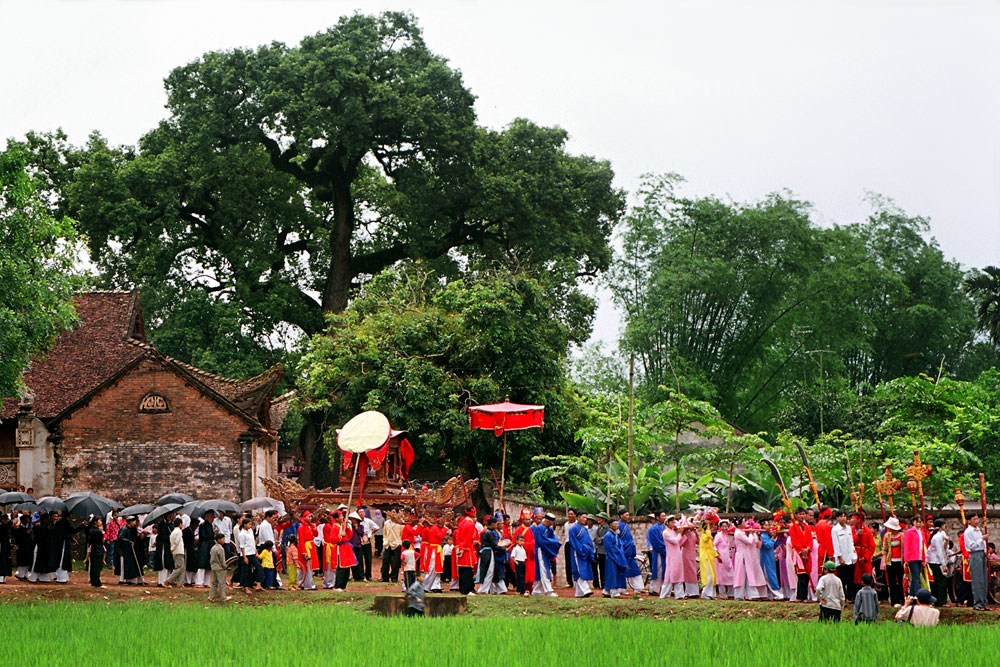 |
|
The Tien Luc Festival. |
In order to promote the value of this heritage tree together with the architecture-art relic complex (communal houses, temple and pagoda), this year, the Tien Luc Festival was held at district level in combination with the announcement of the provincial People's Committee decision recognizing the relic complex of Cinnamomum camphora, communal houses, temple and pagoda in Tien Luc commune as a "tourist site".
The Tien Luc relic complex was recognized by the State as a national architecture-art relic site in 1989, including the Cinnamomum camphora, Vien Son and Thuan Hoa communal houses, Phuc Quang pagoda, and Thanh Ca temple (also known as Tien Luc temple). They are located entirely within an area of about 1sq.km with romantic space, fresh natural scenery, undulating mountains and hills characterized by the northern midlands countryside.
In a space that is both old and new like this, coming to the Tien Luc Festival, visitors can admire the magnificence of the ancient Cinnamomum camphora of up to 36 meters in height with its canopy covering two sao of land (each sao = 360sq.m), and its trunk equivalent to a circle made by nearly ten people. The leaves are green all year round and the scent of flowers spreads throughout the region. Watching the small, light yellow blooming flowers like hyacinth flowers, breathing the "spiritual aura" of the ancient tree, listening to the anecdotes surrounding the heritage tree, and learning about unique cultural and spiritual features here, visitors will feel the unique tourism product of this countryside.
Vien Son communal house is located on a low hillside adjacent to the ancient Cinnamomum camphora. Built in the 18th century (in the Le dynasty), it worships two tutelary gods, Cao Son and Quy Minh, who had merits in the struggles against foreign invaders to bring peace to the country. Phuc Quang pagoda sits on the top of a pine hill and was constructed in the 18th century. The pagoda consists of 35 compartments following the "noi cong ngoai quoc" (工-shaped inside and 国-shaped outside) architecture. It now preserves many precious ancient statues.
Also located on the pine hill is Thanh Ca temple (Tien Luc temple), about 30m from Phuc Quang pagoda, also worshiping the two gods Cao Son and Quy Minh and documents recognizing their titles granted by King Le Canh Hung. Another destination is Thuan Hoa communal house, about 100m from the pine hill. Next to it is an almond tree. The communal house was built around the 18th century to worship the two gods Cao Son and Quy Minh. Currently, the communal house still keeps many worshiping objects of historical value.
Since 2016, thanks to a State investment of 34 billion VND (1.478 million USD) together with 2.7 billion VND (117,400 USD) donated by locals, the temples and pagodas here have been restored and embellished. Transport infrastructure has been improved, a car park has been built and the commune's stadium has also been upgraded.
Including the festival in the National Intangible Cultural Heritage list
The long-established Tien Luc Festival is also the last spring festival in the district. Nguyen Huy Luy, Director of the district Center for Culture - Information and Sports, said that the festival takes place on the 18th, 19th and 20th of the third lunar month every year. As this year’s festival coincides with the Reunification and May Day holiday, it is expected to attract a large number of tourists. Besides, this is the first year the Tien Luc Festival is upgraded to a district-level one, with some sports included the district's Sports Games selected to be held.
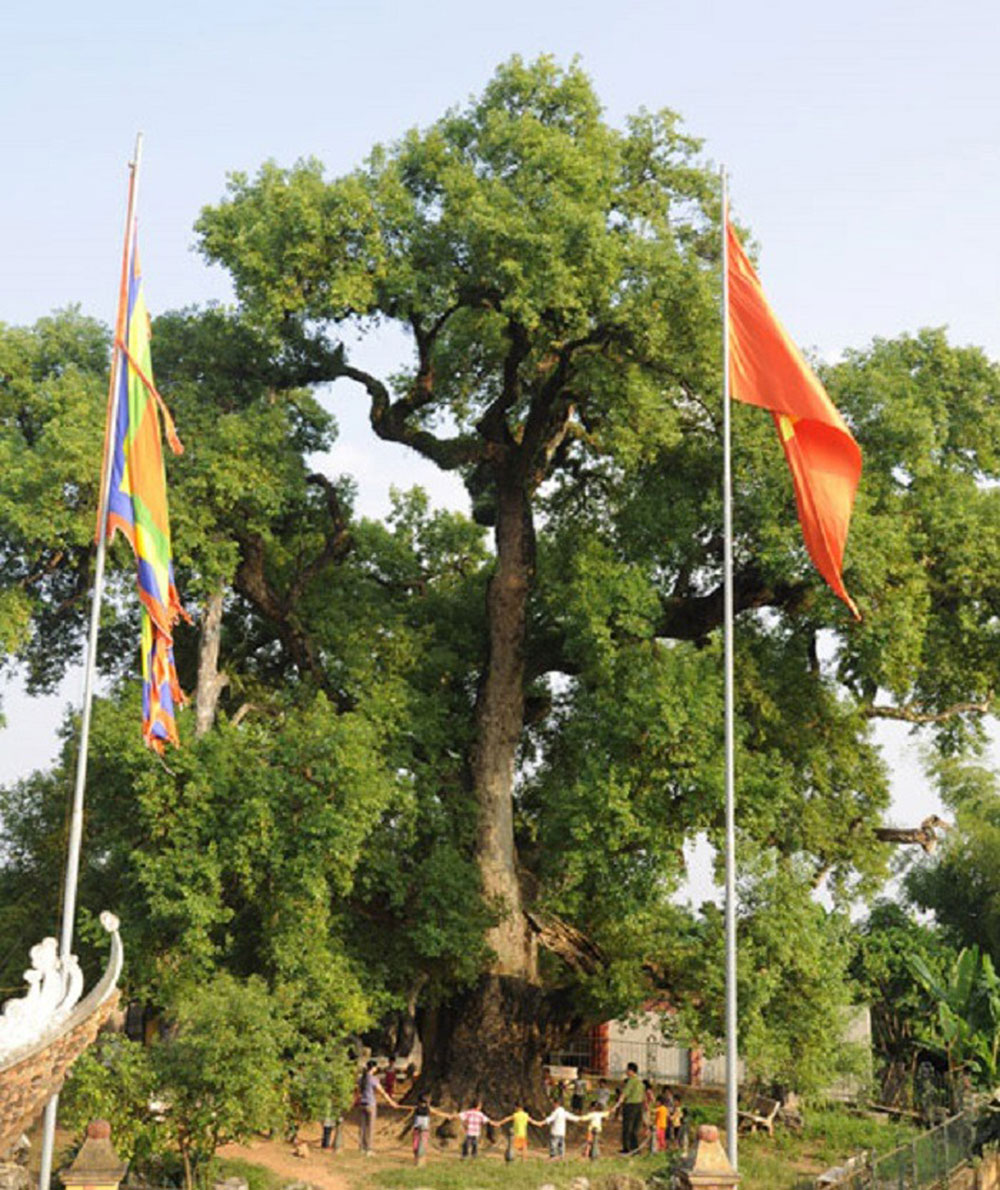 |
|
The thousand-year-old Cinnamomum camphora - the symbol of Tien Luc commune. |
As planned, the festival is organized for 3 days, including evenings (April 29 and 30 and May 1) at the locations belonging to the relic complex. The rituals will include water procession, palanquin procession, dragon and lion dancing, incense offering and god worshipping, among others. Festive activities will feature traditional folk games such as cuop cau (competing for a ball), bit mat bat de (blind man’s bluff), and bat vit (duck catching).
In order for the Tien Luc Festival to take place successfully, safely, solemnly, economically and effectively, attracting a large number of tourists, Lang Giang district People's Committee has focused on strictly implementing Covid-19 prevention and control regulations; and ensuring the factors of environment, landscape, security and order, traffic safety, food safety and hygiene during the festival.
It has enhanced the communication work to introduce tourists inside and outside the province to the traditional cultural values and unique features of the festival, as well as made efforts to preserve and promote the local cultural values. On that basis, the district will prepare a dossier to seek recognition of the Tien Luc Festival as a national intangible cultural heritage.
 Bắc Ninh
Bắc Ninh







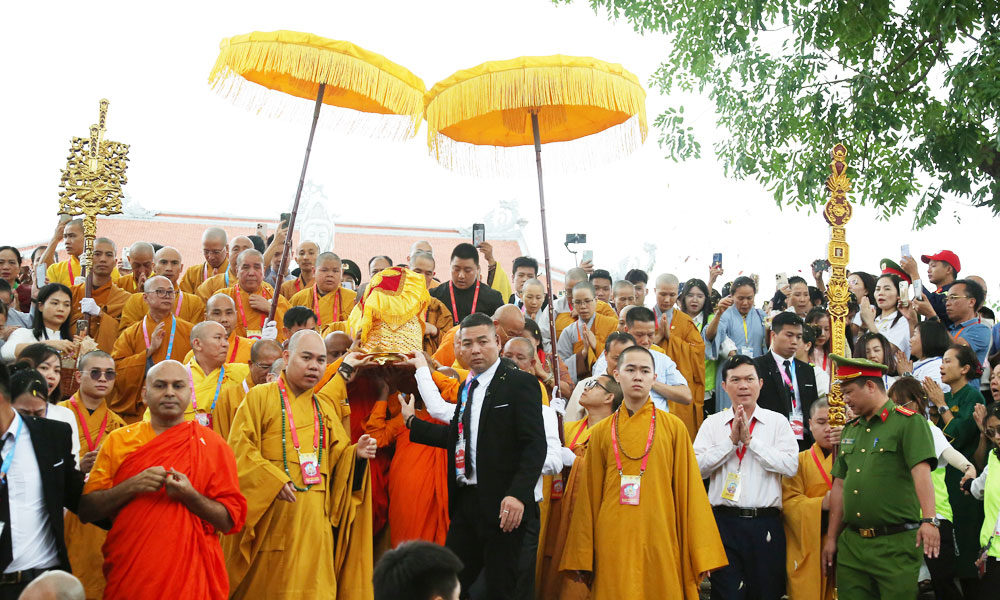




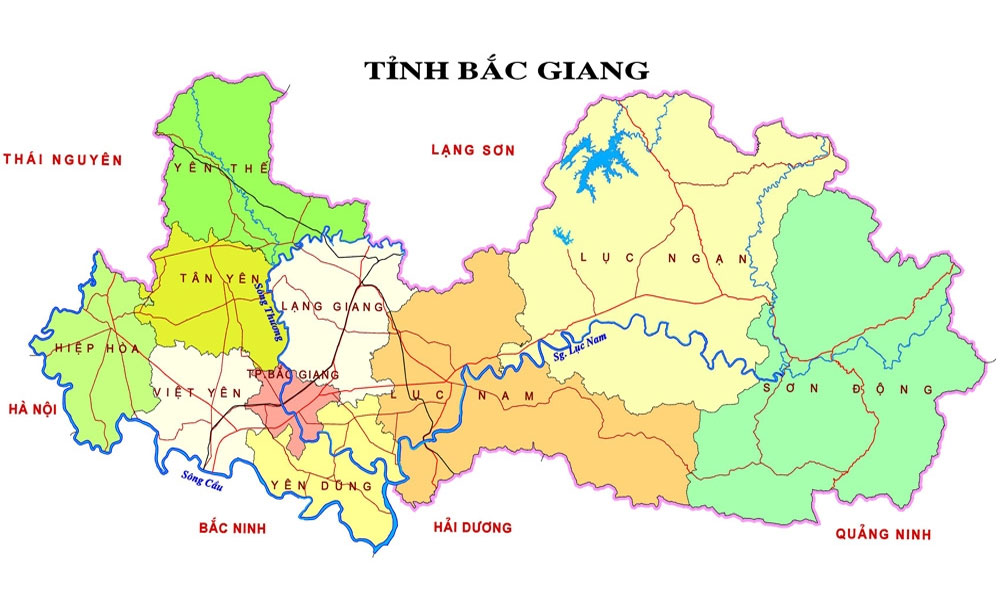
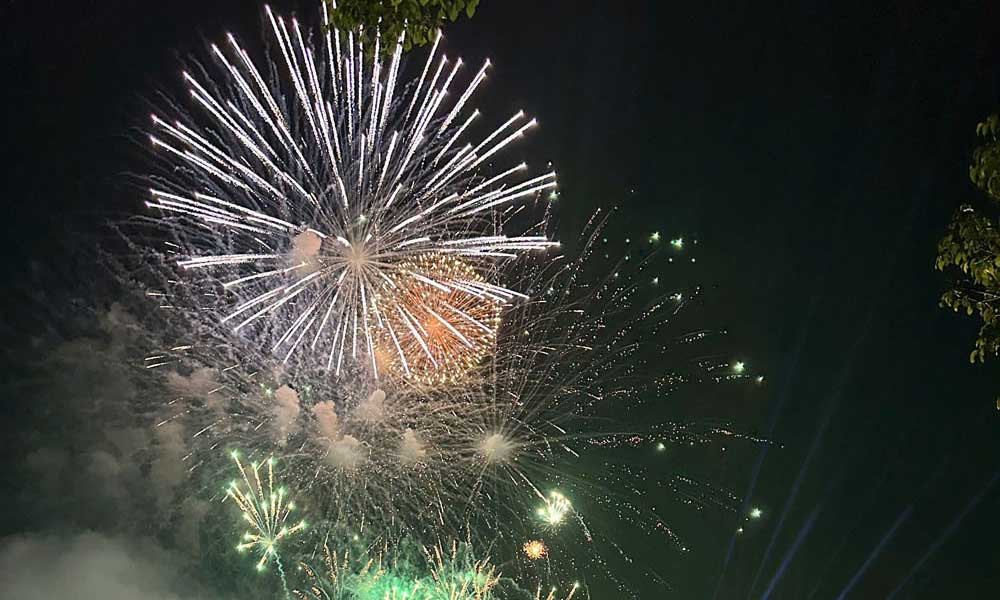

Reader's comments (0)